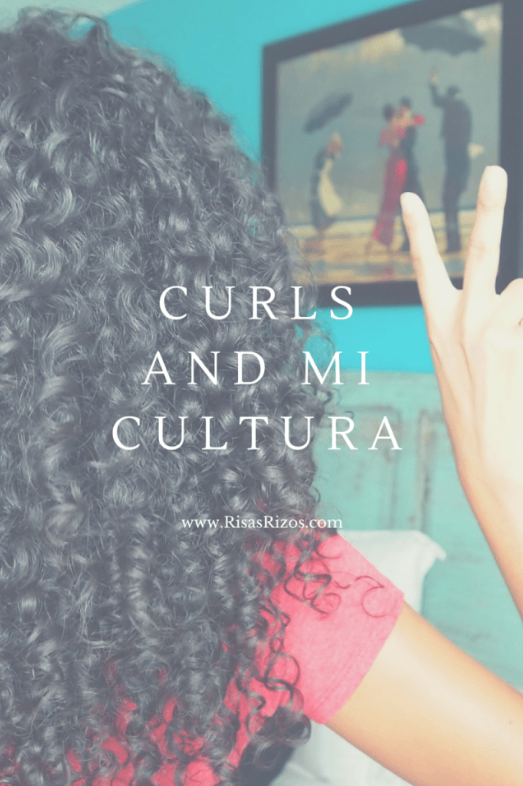
Soy Americana, but I’m also Latina. Most of my life I’ve had to choose between the two, though. Before you get all crazy, let me explain. You see, I would never in my life turn my back on this country.
The United States is where I was born and raised and I don’t see myself living anywhere else but here. However, I’m more than an American. I am an eñye. I am a first generation American born of parents who are from Latin American countries – Mexico and Honduras. My parents kept their traditions alive, which makes me want to wholeheartedly embrace being Latina.
You see, there’s something special about being both and you’re probably wondering what this has to do with curly hair. Don’t worry, I’ll get there in a second.
Most of my life I have felt like I had to choose between the two. To others, I was either too American to be Latina, or too Latina to be American yet deep down inside I have ALWAYS wanted for it to be okay to be both. As an adult, I realize that there are other “Ñ’s” like me. There are people out there who have very similar experiences as mine and I love connecting with them because there is an immediate and unexplainable bond that we share due to the simple fact that we CHOOSE to be both. Now here’s where the whole curly hair thing ties in.
It’s called pelo malo, which translates to “bad hair.” In most Latin American countries, having curly hair is considered a bad thing. Why? Well, to put it bluntly, it means that you have African roots and in case you didn’t know, in many Latin American countries, racism is still very much real. Many people want to straighten their hair to “fit in” with what they feel is the standard for beauty in America. Hair is a sensitive subject to the African American community. In the Latino community, though, no one really talks about it because there aren’t enough people willing to accept the fact that they have African roots and surely don’t want to be labeled as “Afro Latina.” So the conversation is rarely had.
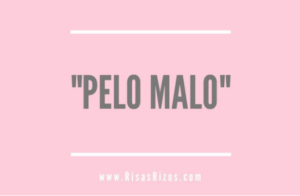
Afro Latina or not, having curly hair wasn’t accepted. It made us look different and it’s definitely not something that I saw a lot of growing up. Forgive me if I offend anyone by saying this, but lifting the sugar coat, some had it better than others. Even in conversations with family, some were pointed out as being “better looking” because their curly hair (albeit pelo malo) wasn’t AS bad as the curls of a kinkier pattern. Unfortunately, that’s the reality we lived in and for some families… still live in. There are even families that urge their children to marry within a shade lighter than yours in order to “adelantar la raza” or better the race. That, or you can just bleach your skin and relax your hair, whatever it takes to fit in. Don’t believe me? Watch this video I shared on my Facebook page this week.
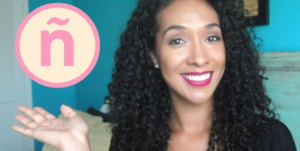 So I get it, most Latinas are brainwashed into thinking they have bad hair and it’s tied to what they were convinced about race. But what about the rest? On the other hand, there are those Latinas who just didn’t know what to do with their natural hair. My mom, although wearing straight hair on formal occasions, took her time rocking her fro before she started relaxing her hair. Some Latinas really don’t care about what others think and wear their hair in its natural state, like my mother. That’s really all she knew when it came to styling her natural hair, rock a fro. She was also taught to shampoo every time she showered, so her hair was almost always dry and because this is what she knew, this became what she taught me. I was one of the lucky ones in my family, though, because she taught me to love myself the way I am. Others, not so much and are still to this day told that they look better without pelo malo. My issue? I hated not fitting in. I looked different from the girls at school with blonde hair and blue eyes. I stood out like a sore thumb so I began straightening my hair growing up in order to fit in and sooner or later went through a bizarre phase of heat damage – SEVERAL TIMES now that I look back at photos. Eventually, I learned how to care for my curls and here we are today.
So I get it, most Latinas are brainwashed into thinking they have bad hair and it’s tied to what they were convinced about race. But what about the rest? On the other hand, there are those Latinas who just didn’t know what to do with their natural hair. My mom, although wearing straight hair on formal occasions, took her time rocking her fro before she started relaxing her hair. Some Latinas really don’t care about what others think and wear their hair in its natural state, like my mother. That’s really all she knew when it came to styling her natural hair, rock a fro. She was also taught to shampoo every time she showered, so her hair was almost always dry and because this is what she knew, this became what she taught me. I was one of the lucky ones in my family, though, because she taught me to love myself the way I am. Others, not so much and are still to this day told that they look better without pelo malo. My issue? I hated not fitting in. I looked different from the girls at school with blonde hair and blue eyes. I stood out like a sore thumb so I began straightening my hair growing up in order to fit in and sooner or later went through a bizarre phase of heat damage – SEVERAL TIMES now that I look back at photos. Eventually, I learned how to care for my curls and here we are today.
You’re probably wondering where I am going with this… Well, there simply aren’t enough people talking about this issue. There aren’t enough Afro-Latinas talking about self-love and acceptance. There aren’t enough Ñ’s talking about the importance of being both American and Latina. There aren’t enough Latinas talking about ALL of their histories, deep into their roots because they are either ashamed or just aren’t aware. I want to change that. I feel that first and foremost, as an eñye, I have a responsibility. RisasRizos is a platform that I started a little over a year ago because I wanted to share what I knew about hair. As the months went by and my channel grew, I knew that I had a RESPONSIBILITY as both an American and Latina dealing with my natural hair issue. I had a responsibility to teach both Americans and Latinas about the importance of caring for their naturally curly hair while also learning to embrace their curls because it’s a part of who they are.
I know this post is incredibly long, but with Hispanic Heritage Month just a few weeks away, I reflect over the last year and realize that I have not done enough with my platform as an Ñ. I told myself very early on that I wanted a YouTube channel AND a blog that was bilingual. Just like clockwork, though, the inner me was chanting discouraging words telling me to be afraid of being both because it wouldn’t be accepted amongst those who are subscribed or following. I feel that the videos I have been producing lately are up to par with my goals, however, this here dot com needs a little work. I am making the effort to begin posting blog articles in Spanish, too. I hope to have my blog ready by the start of Hispanic Heritage month. I want this to be a space where I can be myself in hopes of inspiring others in believing that it’s okay to be both American and Latina. It’s okay to be an Ñ. And it’s absolutely okay to talk about the effects of racism within Latinos because that too has shaped our minds into thinking what is acceptable and what is not when it comes to beauty, including our hair. I’m ready to break the mold and I hope you all can join me for the ride!
– Rocio Mora of RisasRizos.com’

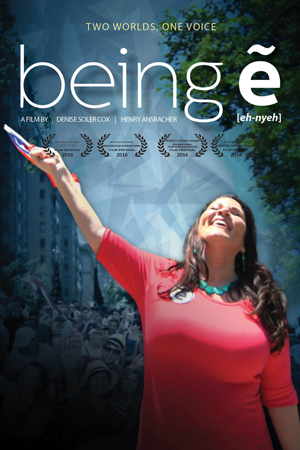





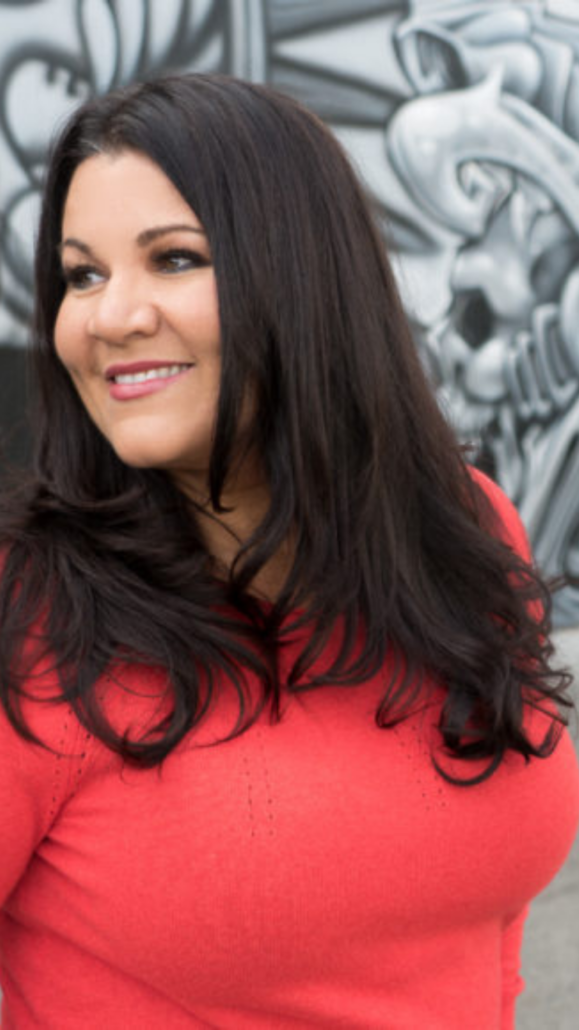

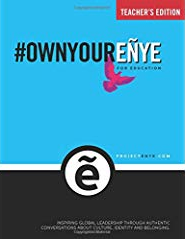
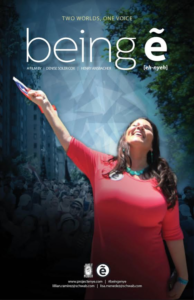
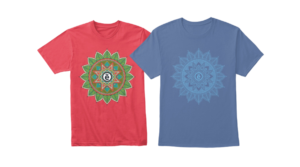
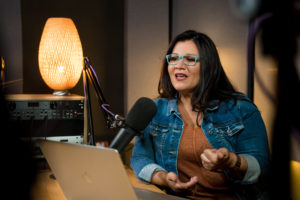
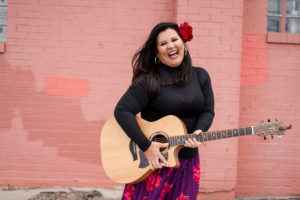

Yes this is the very reason why my Mexican mothers entire family married white men. Since my mother was the darkest child in her family she was told to always lighten her skin and stay out of the sun. My grandmother’s father used to make her wear pants when her skin “got too dark” to hide it. I’m so glad my mother raised me to love my skin, despite her insecurities.
Could not agree more and thanks for chiming in. The revolution is coming!
That’s crazy how a human being can teach another human being to hate the way God made him/her… I’m Black and was told the same non sense about my hair, until the chemical relaxing products left me half bold, and I had to chop everything off… Who give the right to anyone to go say that a certain hair texture is bad? And if people say so, why should we listen to them exactly?… colonization has been over for decades now, so it’s time to stop looking at White people as the ultimate model of what a human being should look like, for embracing who we are. Lots of Black women starts a revolution and most Black women I know today have natural hair (what wasn’t the case 15 years ago). But I see a lot of my latina friends who are still hiding their hair nature, ashamed of what their hair look like, and I hope there will also be a revolution there as well =).
agreed 100%. i feel you on falling deeper in love with the curls. this pandemic has me working on getting them back so i can rock them in public. my hair is SO curly and i haven’t treated them well but i am now! thanks for your comment!
Interesting story. A lot of people are brainwashed to believe that curly hair is unprofessional and undesirable. As an an adult I can say I am falling deeper in love with my hair every day, I am in love with my curls! I now stay away from people who say negative things about my hair. In honestly, it really shows the generational racism about curly and texture hairs in our society.